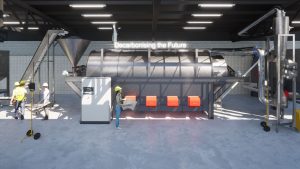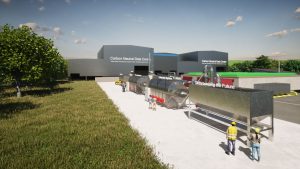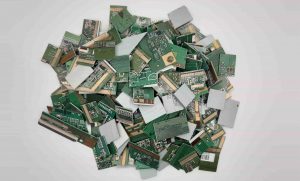In practice, the regeneration of carbon cannot be done on a whim. This is an activity that needs to be scheduled in advance to facilitate the plant engineer, operators and the regeneration contractor. Water treatment plants should regenerate every 300 to 500 days or as determined by water/carbon quality.
The rate at which GAC is fouled is determined by the concentration and type of organic compounds in the water and their interactions. These compounds may vary widely in different locations and seasons of the year. Interactions are complex and unpredictable; as such the only reliable way to estimate regeneration frequency is by continuous monitoring.
At a water treatment plant, the water quality (TOC measurement) and the remaining adsorptive capacity of the carbon (Iodine number/Apparent Density) should be continuously monitored. (Tip: Apparent Density is a quick indicator of carbon health and can be checked later by the more time consuming Iodine number method).
Operational costs can be reduced if the activated carbon is only regenerated when the UV breakthrough point is reached or when the effluent contaminant concentration exceeds 95 % of the influent concentration.
Furthermore we recommend that the carbon iodine number should go no lower than 400 mg/l as this makes regeneration more difficult.



